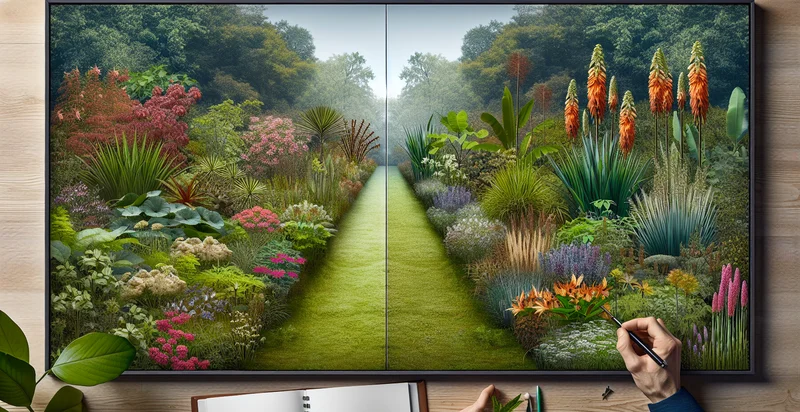Identify invasive plant species
using AI
Below is a free classifier to identify invasive plant species. Just upload your image, and our AI will predict which invasive plant species it is - in just seconds.

Contact us for API access
Or, use Nyckel to build highly-accurate custom classifiers in just minutes. No PhD required.
Get started
import nyckel
credentials = nyckel.Credentials("YOUR_CLIENT_ID", "YOUR_CLIENT_SECRET")
nyckel.invoke("invasive-plant-species", "your_image_url", credentials)
fetch('https://www.nyckel.com/v1/functions/invasive-plant-species/invoke', {
method: 'POST',
headers: {
'Authorization': 'Bearer ' + 'YOUR_BEARER_TOKEN',
'Content-Type': 'application/json',
},
body: JSON.stringify(
{"data": "your_image_url"}
)
})
.then(response => response.json())
.then(data => console.log(data));
curl -X POST \
-H "Content-Type: application/json" \
-H "Authorization: Bearer YOUR_BEARER_TOKEN" \
-d '{"data": "your_image_url"}' \
https://www.nyckel.com/v1/functions/invasive-plant-species/invoke
How this classifier works
To start, upload your image. Our AI tool will then predict which invasive plant species it is.
This pretrained image model uses a Nyckel-created dataset and has 30 labels, including Autumn Olive, Bamboo, Burdock, Cheatgrass, Common Buckthorn, Cypress Vine, English Ivy, Fireweed, Fromia and Giant Hogweed.
We'll also show a confidence score (the higher the number, the more confident the AI model is around which invasive plant species it is).
Whether you're just curious or building invasive plant species detection into your application, we hope our classifier proves helpful.
Related Classifiers
Need to identify invasive plant species at scale?
Get API or Zapier access to this classifier for free. It's perfect for:
- Field Research Enhancement: Researchers studying ecosystems can utilize the invasive plant species identifier to streamline data collection in the field. By quickly identifying invasive species, researchers can allocate resources more effectively and gather accurate information about the impact of these species on local biodiversity.
- Environmental Monitoring: Government agencies can implement the identifier as part of their environmental monitoring efforts. By regularly assessing regions for invasive plants, agencies can take proactive measures to manage and mitigate their spread, thus protecting native habitats.
- Land Management: Landowners and farmers can leverage this classification tool to identify invasive plants on their property. This capability allows them to develop targeted management plans that reduce the impact of these species on agricultural productivity and native flora.
- Educational Tool for Conservation: Schools and conservation organizations can use the invasive plant species identifier as an educational resource. By engaging students and community members in identifying and understanding invasive species, these organizations can promote awareness and foster community-driven conservation efforts.
- Urban Planning Assistance: Urban planners can integrate the identifier into landscaping and development projects to ensure that invasive species are not introduced into new areas. By recognizing and mitigating the presence of these plants, planners can enhance urban biodiversity and ecological resilience.
- Ecotourism Promotion: Ecotourism businesses can use the identifier to enhance their offerings by providing guided tours focused on native vs. invasive species in local ecosystems. This educational angle can attract environmentally-conscious tourists and encourage responsible interaction with natural habitats.
- Policy Development Support: Policymakers can utilize the invasive plant species identifier to inform legislation and regulations regarding land use and conservation. Accurate data on invasive species distribution can guide the development of policies aimed at protecting native ecosystems and promoting sustainable land practices.


